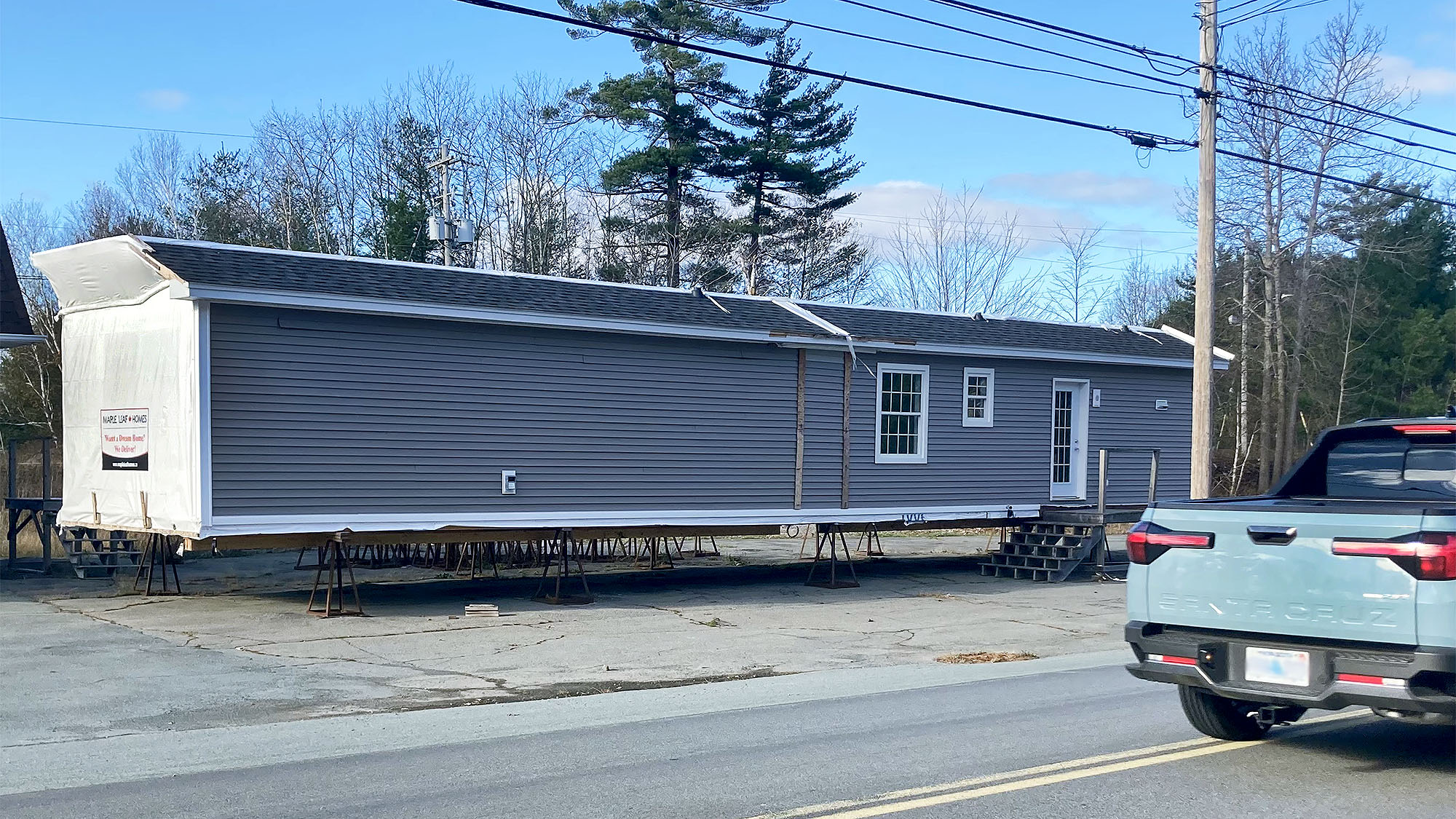Halifax bylaw updates will remove barriers to building small homes
Rule changes for dwelling size, mobile home classification could promote affordable housing options

caption
Certain types of housing, such as mobile homes, will soon face fewer barriers from bylaws around Halifax Regional Municipality. Halifax regional council approved amendments to single-unit home sizes and definitions on Oct. 11.More small housing options are about to become available across Halifax Regional Municipality.
On Oct. 11, Halifax regional council voted to eliminate the minimum dimensions required of single-unit homes in eight HRM community plan areas. Before, a standalone household required at least 20 feet between the home’s outside walls. Council also voted to reduce restrictions for installing mobile and shipping container homes.
The amendments will come into effect once the Nova Scotia government approves the council decision. That’s expected to happen before the end of December.
Patricia Stephens-Brown of Lower Sackville advocates for affordable housing solutions in HRM. She was one of over 30 people at a tiny home information workshop at the Alderney Gate Public Library on Monday. Tiny homes may be an option for residents wanting to build within updated bylaws.
“It’s only the beginning,” Stephens-Brown said.
The bylaw updates, she said, will help people with low income as the amendments present more opportunities to live in cost-efficient households with fewer amenities.
The workshop, organized by Halifax Libraries and the United Way Halifax charity, discussed tiny homes as a potential affordable housing solution. The Nova Scotia Department of Communities, Culture, Tourism and Heritage provides funding for Halifax Libraries to hold events that discuss affordable housing.

caption
Christine Hempel presented during a tiny home information workshop at Alderney Landing public library on Monday. Tiny home and other mobile home installations will face fewer obstacles once new HRM bylaw amendments are approved by the Nova Scotia government.The new bylaws
Sackville, Cole Harbour-Westphal and the Chebucto Peninsula are a few community plan areas which will soon have minimum sizes on homes removed. More densely populated areas such as Halifax, Dartmouth and Bedford haven’t had these minimum requirements in their land-use bylaws before.
Across HRM, mobile homes will be included under the definition and bylaws of a single-unit dwelling. Before, homes that could be moved or had no permanent foundation faced bylaws restricting where they could be placed. Examples of mobile homes include trailers and tiny homes transported to lots.
Also, shipping containers will become legal to use as backyard suites, as long as containers meet other single-household building codes. Backyard suites, or secondary units on a property detached from any other building, were approved by council in 2020 along with secondary suites.
The bylaw amendments were introduced through the Halifax Regional Municipal Planning Strategy, or the regional plan. Introduced in 2014, the strategy is a broad plan to modernize community growth and development before 2031.
Amendments to bylaws are one of the regional plan’s purposes. In 2020, council approved the allowance of secondary and backyard suites in Halifax through the plan.
The current bylaw amendments were introduced in a regional plan staff report on July 5.
Brandon Umpherville is a planner working on the regional plan. He said the plan is a way of bringing older bylaws up to date with present needs, including affordable housing.
“We’re overcoming a lot of outdated language that exists in our bylaws,” Umpherville said. “Some of the bylaws are decades old. So back when they were written I think they had some different views about what housing should be.”
Potential homeless solution
The bylaw amendments also come at a crucial point in Halifax’s homelessness problem. A count on April 7 found 586 homeless people in HRM, over double the number found in 2018.
Jim Thomas, who went to the tiny homes workshop on Monday, said governments can invest in smaller homes and mobile units to reduce homelessness. The solution could be effective if tiny homes are built close together.
“An extra 10 feet or 15 feet apart gives the chance to maybe put up two or three extra [homes],” he said. “That’s two or three people on the streets right now that are off the street.”
Thomas said although bylaw amendments are a good start, governments can do more to help the low-income and homeless demographics.
“The governments, from municipal right on up to federal, have to say, ‘Enough is enough. Let’s work together and not just throw money at something,’ ” he said. “We’ve been throwing money at homelessness for I don’t know how many years. It’s not working.”
About the author
Luke Dyment
Luke Dyment is a Halifax-based reporter from Prince Edward Island. He has written for the Globe and Mail, The Signal and the Dalhousie Gazette....

K
Kyle